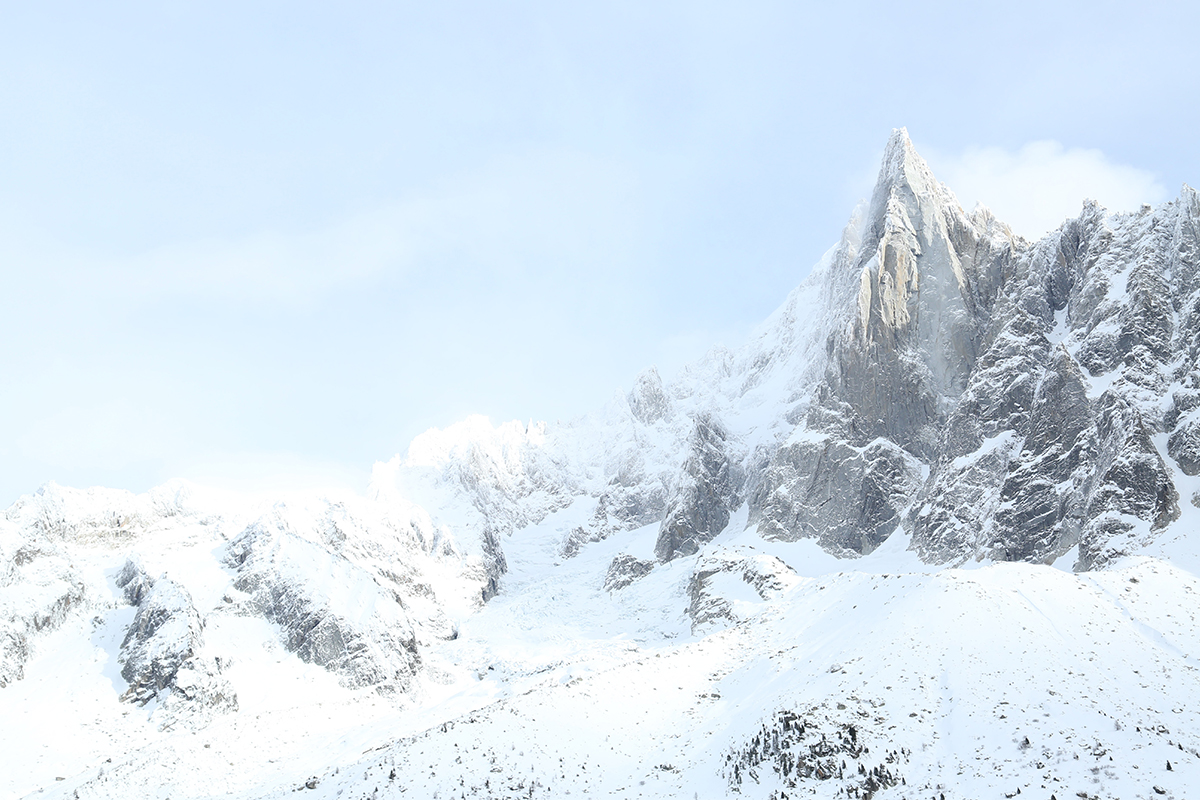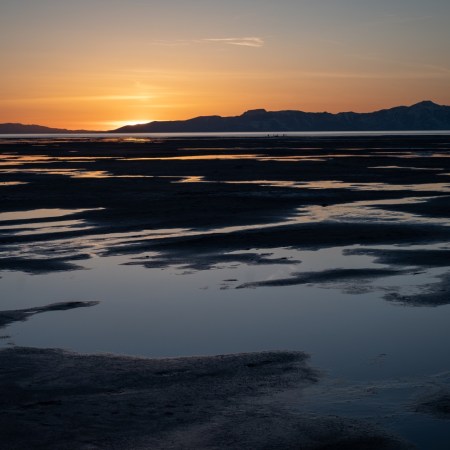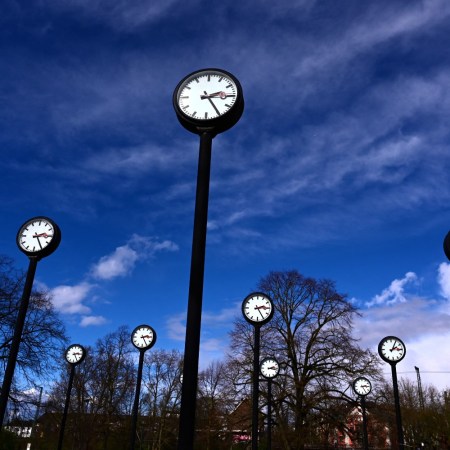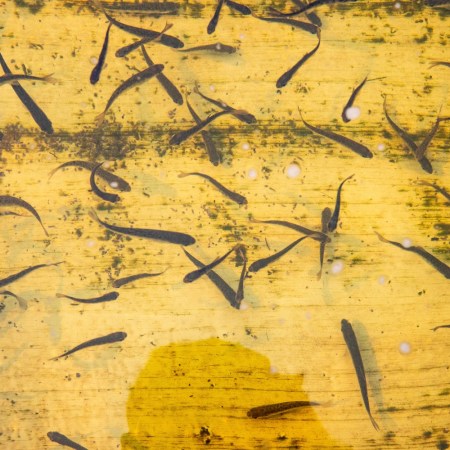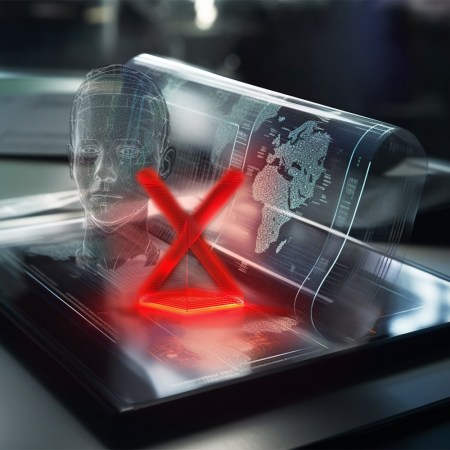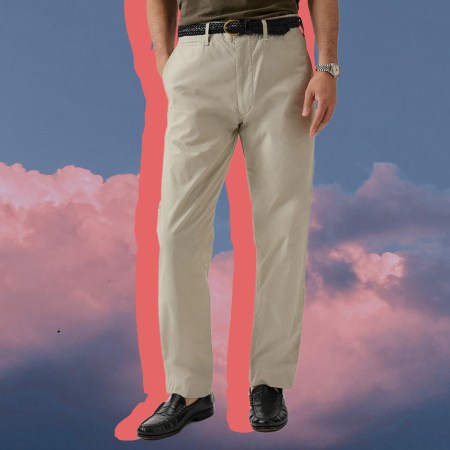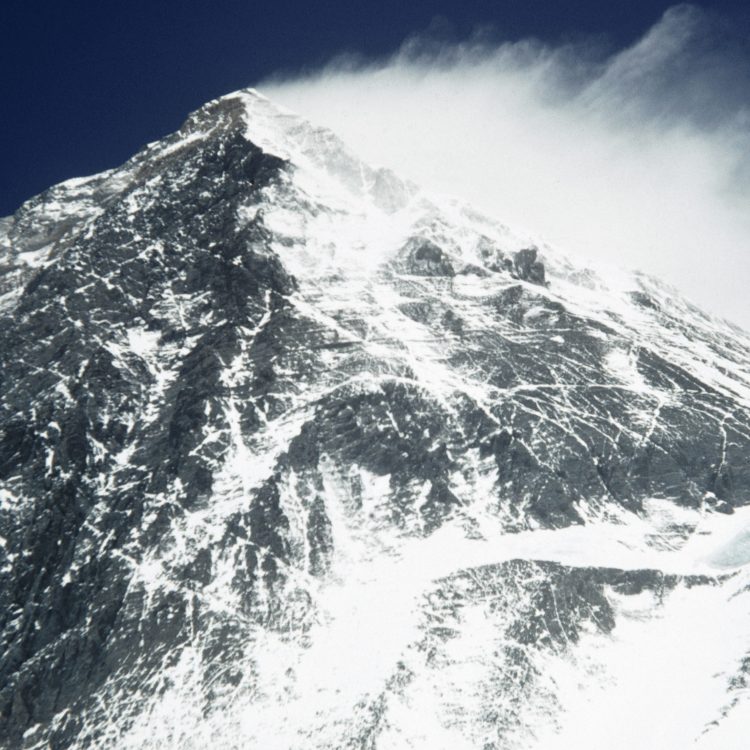There’s a crucial chapter in Mary Shelley’s Frankenstein; or, The Modern Prometheus, where Victor Frankenstein travels through the Alps. Frankenstein says, “My heart, which was before sorrowful, now swelled with something like joy.” When he comes upon Mer de Glace, the largest glacier in France, he describes a “sublime ecstasy that gave wings to the soul, and allowed it to soar from the obscure world to light and joy.”
Those lines are more or less the only instances in the book where Frankenstein — reeling from creating the monster that kills his loved ones — feels anything close to happiness. But such is the divine power of Mer de Glace, which translates to “Sea of Ice,” an almost five-mile-long, 660-foot-deep glacier on the northern slopes of Mont Blanc, the tallest peak in Europe. The resort area nearby, Chamonix-Mont-Blanc, is widely considered the global seat of mountaineering. In a normal year (so, not 2020), the region reels in millions of tourists and billions of dollars.
But the glacier is in grave peril, as a recent profile by Bloomberg Green documented. Since 1900, Mer de Glace has lost a third of its volume. (That’s apparently “more than half a million Olympic swimming pools of ice.”) And by 2100, it could lose 90% of its volume. The only thing standing in the way of that? Us. Models created by European glaciologists have predicted the worst assuming humans keep emitting greenhouse gases at our current pace. If emissions are tapered down to the figures agreed upon at the Paris Climate Accords (limit warming below 2° Celsius by the end of the 21st century), Mer de Glace and other glaciers in the Alps will decrease by just 67%.
To be sure, that’s still a catastrophic number. But most of these glaciers are poised to lose 50% of their volume by 2050 no matter what we do. Unsurprisingly, glaciers react quicker to climate change than any other natural phenomena; that’s a big reason they’ve become an enduring symbol of a warming planet. With more people, and far less glacier to enjoy, it might become difficult to revel in their presence, as Shelley’s Frankenstein did hundreds of years ago. But it’s worth fighting for what they used to represent: the “sublime.”
Thanks for reading InsideHook. Sign up for our daily newsletter and be in the know.
